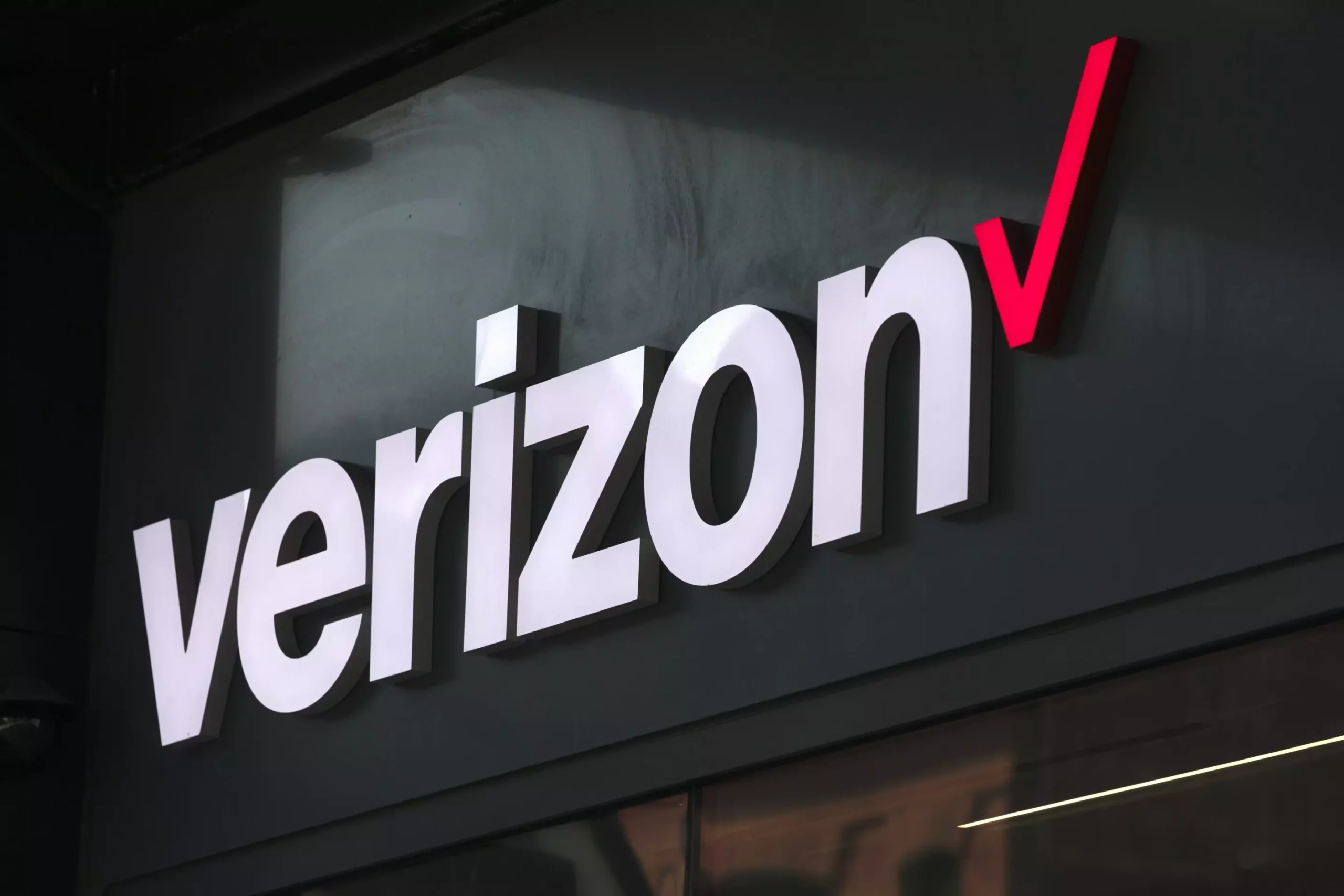On a seemingly ordinary Monday, an unexpected service outage struck Verizon Communications, affecting thousands of customers across the United States and causing significant frustration. The incident, which unfolded around 11 a.m. ET, saw reports of service disruptions flooding in, peaking at over 100,000 according to DownDetector, a site dedicated to tracking outages. By the afternoon, complaints had decreased somewhat, but nearly half of those initially impacted—about 48,000—still experienced issues by 4 p.m. ET. This incident highlights not only the fragility of modern communication systems but also the consequential stress it places on users.
While the discontent was palpable in the Southeastern U.S., especially compounded by lingering concerns following Hurricane Helene, the disruptions were far from limited to that region. Reports came in from various other areas including the West Coast, Midwest, and Northeast. Such widespread connectivity issues underline a critical vulnerability in telecommunications infrastructure, which should be robust enough to withstand localized disasters without compromising service across broader areas.
In response to the growing mayhem, Verizon issued statements via social media platforms, assuring customers that they were aware of the problem and were acting swiftly to address it. The company’s engineers were reportedly working diligently to diagnose and rectify the situation. However, the vagueness in corporate messaging raises concerns—customers facing disruptions may find generic reassurances unconvincing when immediate solutions are needed. Additionally, the Federal Communications Commission (FCC) later acknowledged the outage, yet provided scant details on potential causes, suggesting a need for greater transparency in how such situations are communicated to the public.
During service outages, some Verizon customers encountered a notable SOS message on their devices, indicative of their inability to connect to Verizon’s cellular network. This twin challenge of connectivity emphasizes the importance of readiness in times of unanticipated disruption. Fortunately, options do exist, such as relying on Wi-Fi calling. This feature is commonly integrated into both Android and iOS devices, enabling users to maintain communication during cellular outages by using wireless internet instead. Educational efforts regarding these alternatives could alleviate much of the frustration experienced during such events, as many users may be unaware of their availability.
Ultimately, this outage raises questions not only about Verizon’s infrastructure resilience but also about the inherent risks in relying heavily on a few large service providers. It serves as a reminder to consumers and companies alike to invest in contingency plans and familiarize themselves with backup communication methods. Exploring alternative providers and technologies might not only enhance individual resilience but could also promote a healthier competitive landscape within the telecommunications industry, paving the way for consumers to enjoy reliable, uninterrupted service in the future.


Leave a Reply